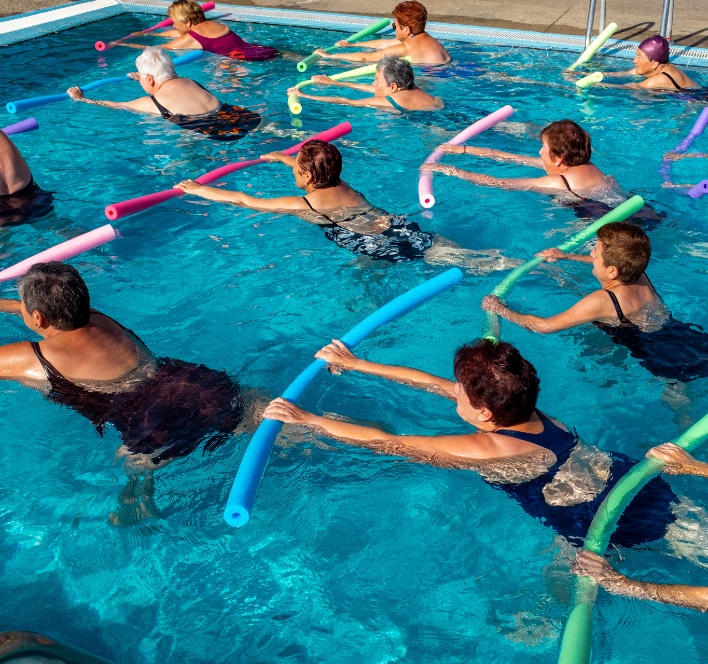Leading up to back surgery, it’s common to feel anxious or nervous, and when the procedure is over, it’s common to feel relief that one of the biggest hurdles of your recovery journey is complete. However, post-surgery, most patients have a long journey of physical therapy, exercise, and rehabilitation to restore full function. Exercise and physical therapy are crucial components of the healing journey and are essential to helping patients recover in a quick, efficient manner. One form of exercise that is especially helpful to individuals recovering from back surgery is hydrotherapy. This form of exercise offers a gentle way to exercise in a weightless environment. Here’s a look from NJ Spine & Ortho at how hydrotherapy works and some of its benefits for individuals recovering from back surgery.
Understanding the Importance of Exercise to Back Surgery Recovery
Surgery alone is often not enough to return a person to a full functioning state. In fact, exercise and physical therapy are crucial pieces of the recovery process. Exercise not only helps the body to heal but is also essential for building needed strength in the muscles around the spine to prevent re-injury or long-term pain. Sometimes, back surgery patients cannot immediately perform weight-bearing exercises on land, which is why hydrotherapy—performed in water—offers a gentle solution to starting on an exercise routine.
What Is Hydrotherapy?
Hydrotherapy involves doing specific exercises usually in a heated pool or aquatic setting. This therapy provides a gentle environment for exercise in the early post-operative stages, as it allows the body to move weightlessly. By moving in a weightless environment, individuals can support their body weight using minimal effort. Additionally, the aquatic setting allows for a greater range of motion than a patient would have on land. This allows patients to exercise their full range of motion, strengthening their weak muscles without too much stress on their spine.
After back surgery, hydrotherapy is a great way to begin building muscle strength and increasing flexibility. When the muscles in the back get stronger, they are better equipped to support the spine and core, optimizing the posture of a person’s everyday movements and reducing pain. The natural resistance in an aquatic setting allows patients to improve their muscle tone and strength. Over time, a person can then start to perform weight-bearing activities on land.
Customizing a Hydrotherapy Regimen for Your Needs
Just like any form of exercise, it’s important to ensure a hydrotherapy program is adjusted to meet the current state of your body and its needs. In order to reap the benefits of hydrotherapy, it needs to be performed safely. There is a wide range of exercises used in hydrotherapy. However, depending on your situation, some might not work for your body. Everyone responds to surgery differently, and it’s best to talk with your doctor to ensure you get on a regimen with exercises tailored to your specific situation.
Talk to a Spine Specialist to Get the Best Exercise Regimen for Your Situation
Exercise and physical therapy are essential in making a full recovery after back surgery. Hydrotherapy offers a great way to ease into the exercise process and gain the strength needed to start a weight-bearing program. However, every person is unique and it’s essential to talk with a skilled spine specialist to ensure you are on the best exercise regimen for your situation.
If you are struggling with back pain, visit your local NJ Spine and Orthopedic branch to receive expert medical care and diagnosis. Our skilled spine specialists can provide you with personalized physical therapy and exercise regimens to ensure optimal recovery. At NJSO, we pride ourselves on our ability to orchestrate personalized care plans that serve the unique needs of our patients. To schedule an appointment with one of our skilled spine experts, call (866) 272 9271 or fill out our online contact form.

